i understood using perlin-noise to make a pattern with cubes but what i want to is a random terrain
plain land such as this game called muck (that has been devolped by unity)
i've tried doing:
noise = PerlinNoise(octaves=3, seed=2007)
amp = 3
freq = 24
width = 30
for po in range(width*width):
s = randint(200, 255)
q = Entity(model="cube", collider="box", texture="white_cube",
color=color.rgb(s, s, s))
q.x = floor(po/width)
q.z = floor(po % width)
q.y = floor(noise([q.x/freq, q.z/freq]) * amp)
so this would give a -almost- perfect random terrain but i want my terrain look more realistic than cubic thanks in advance ;)